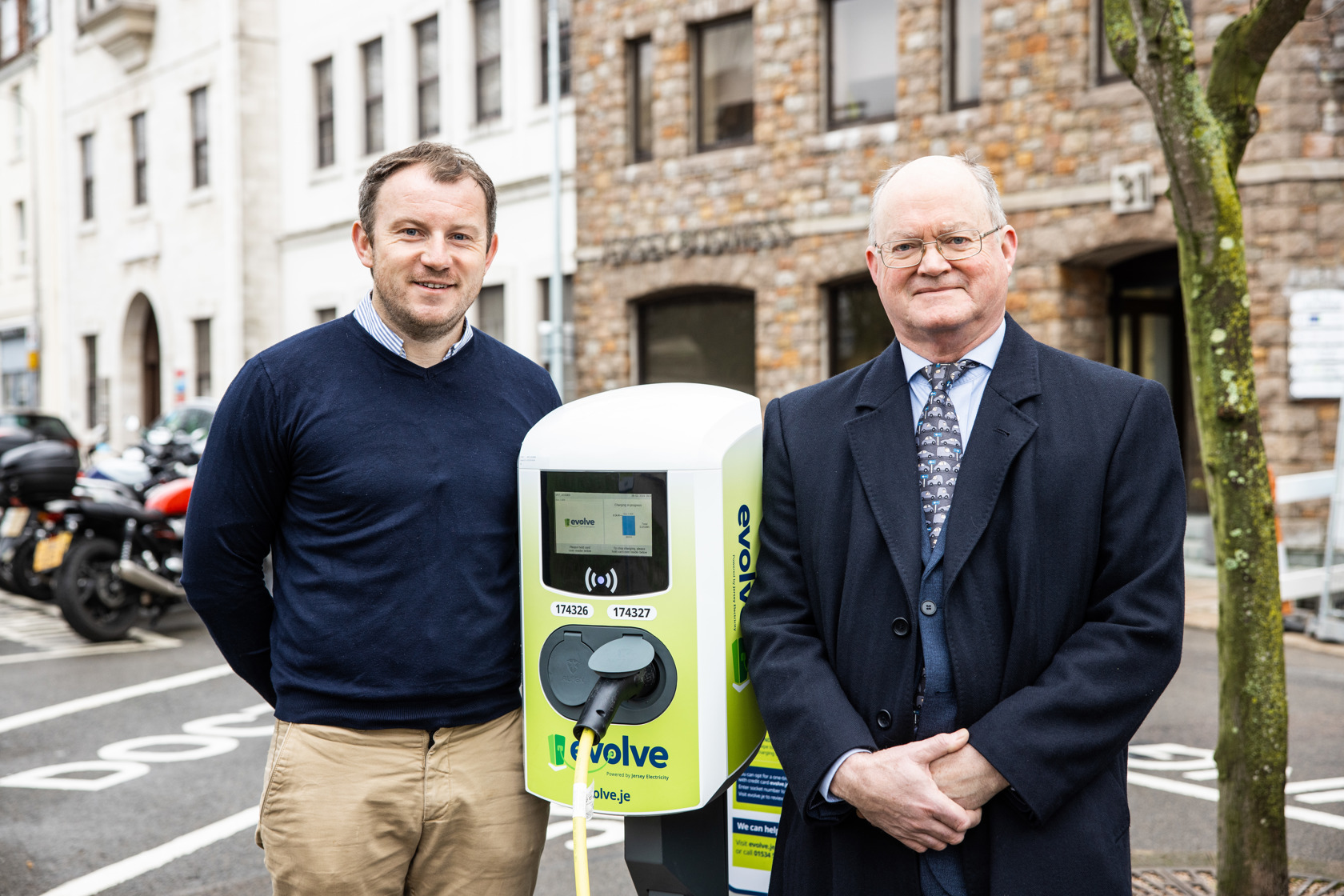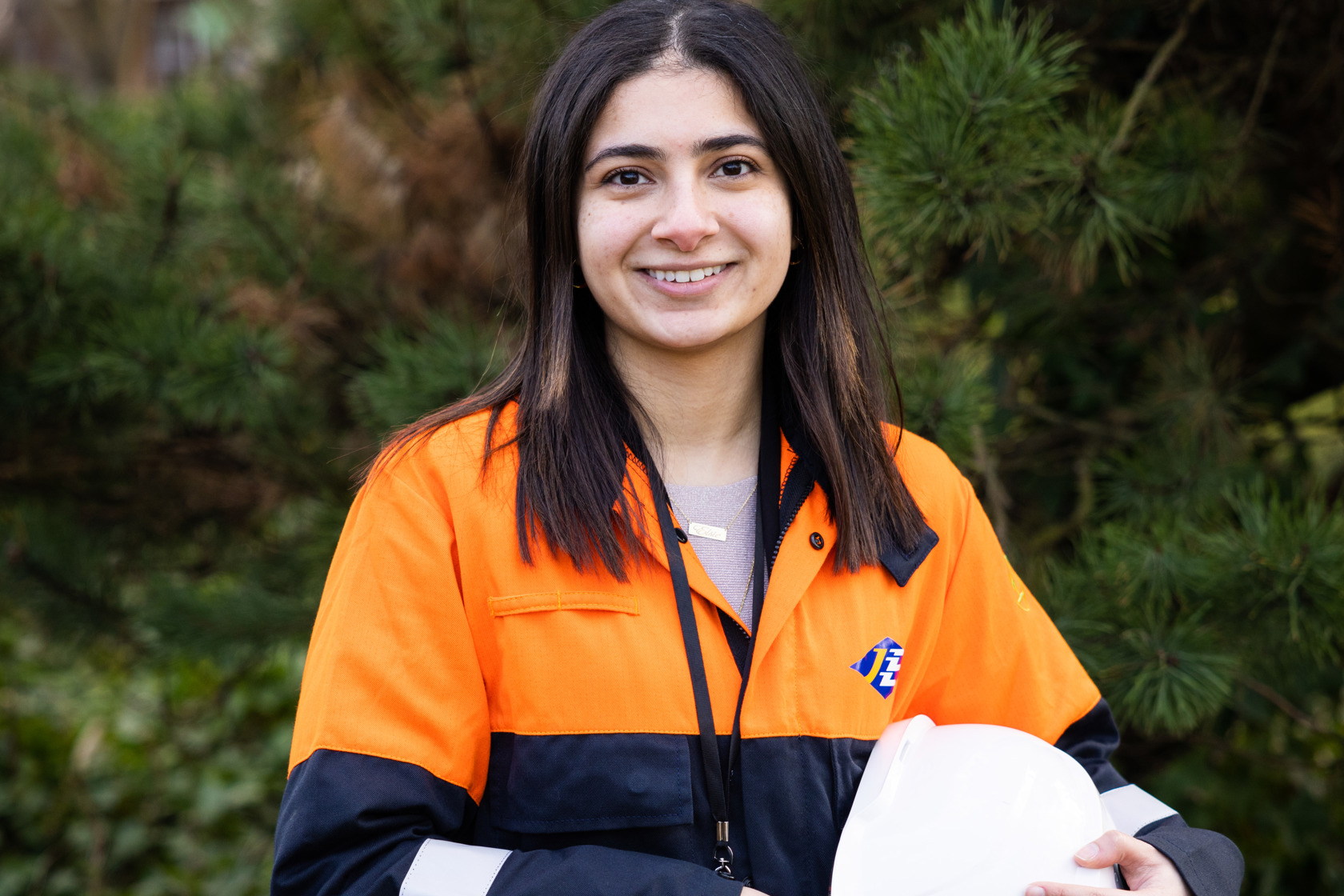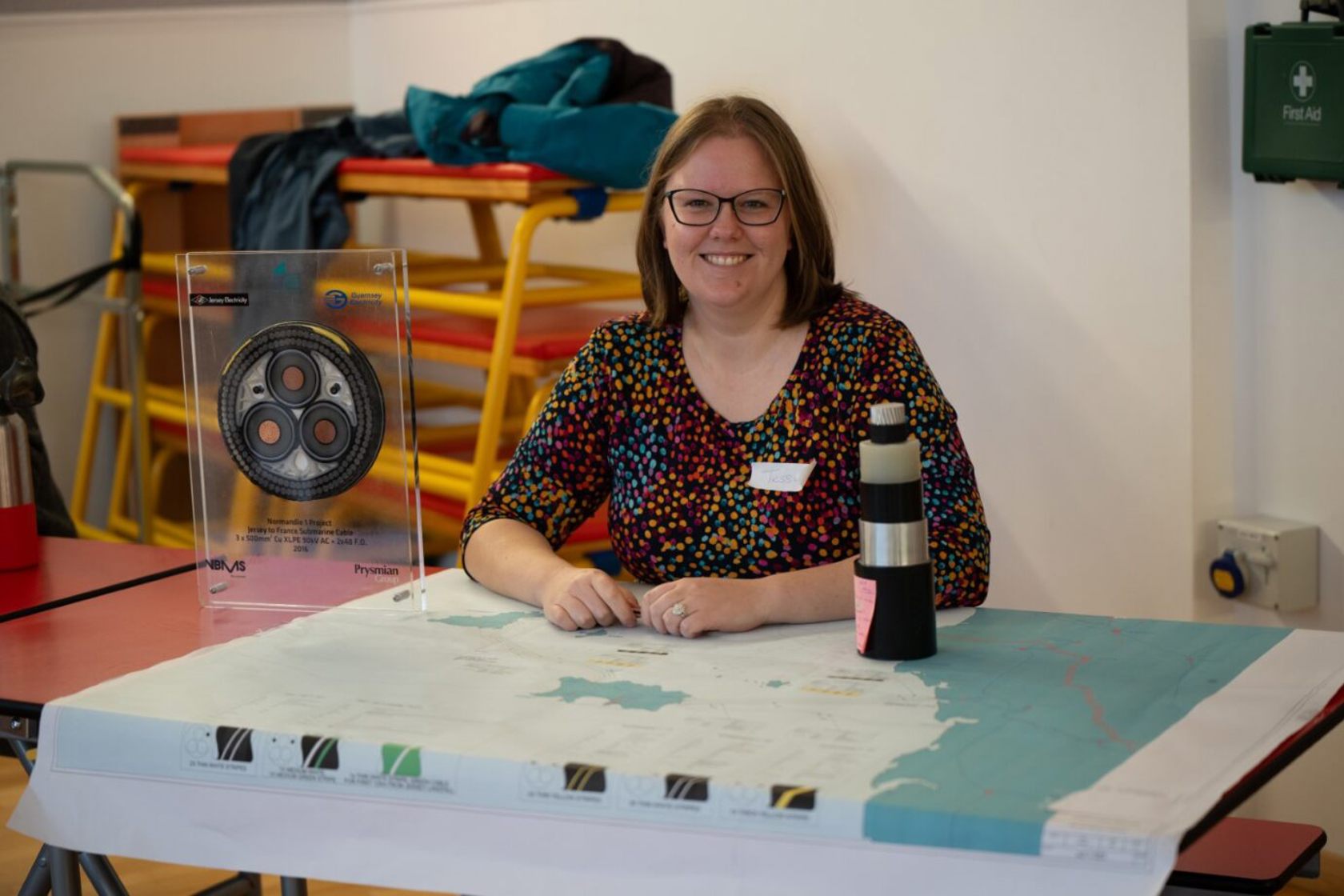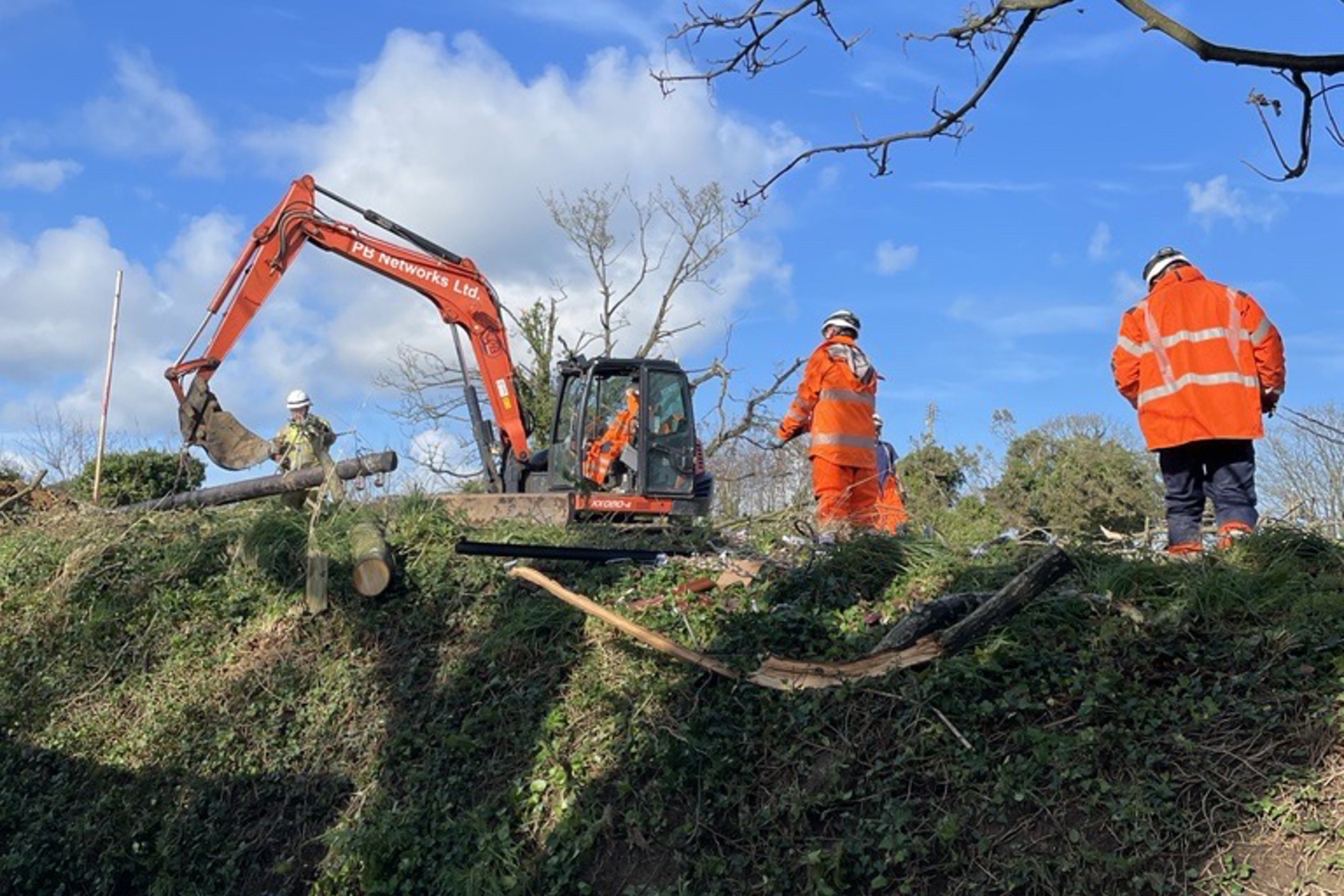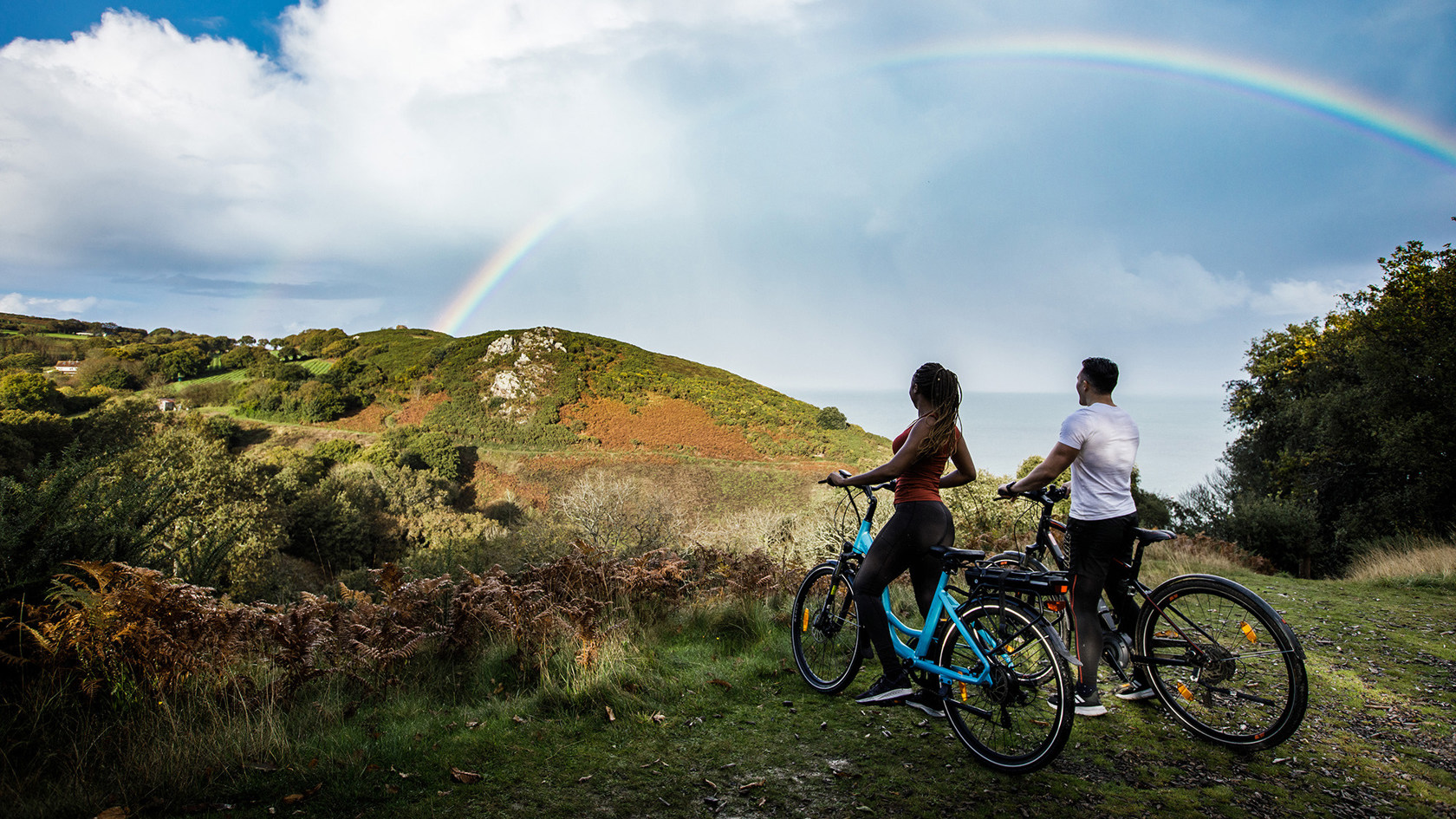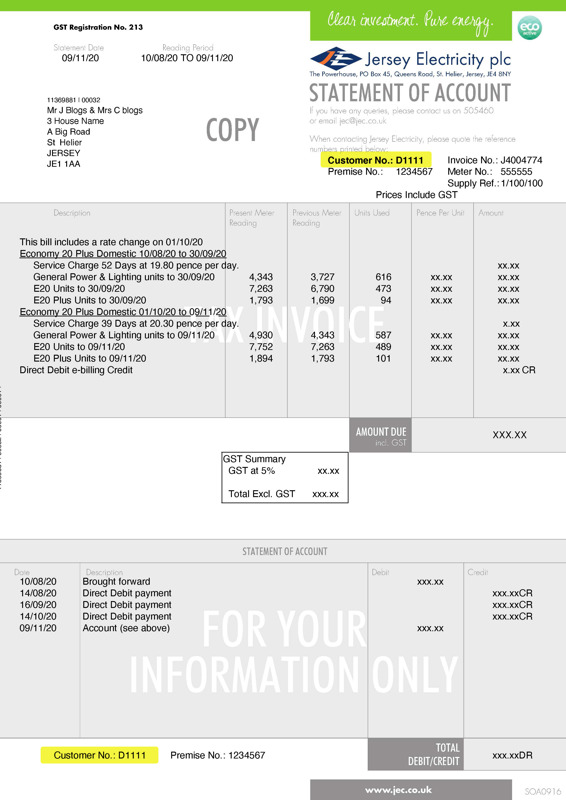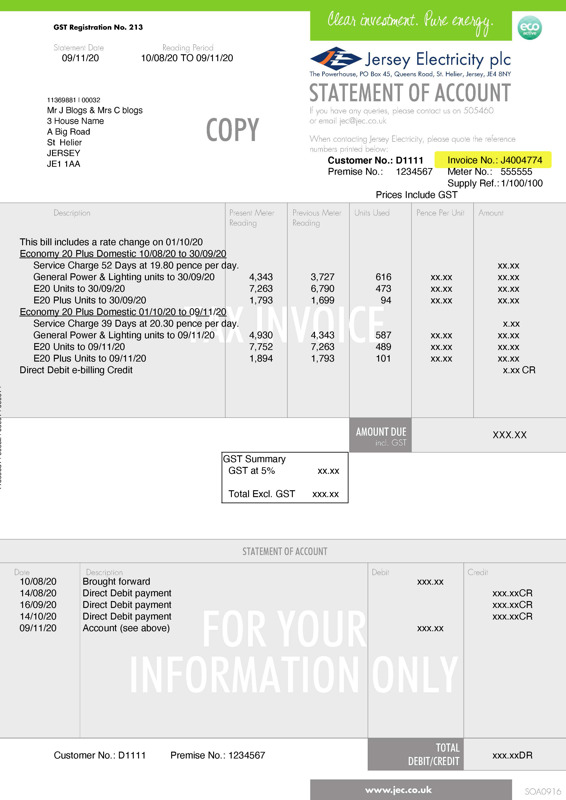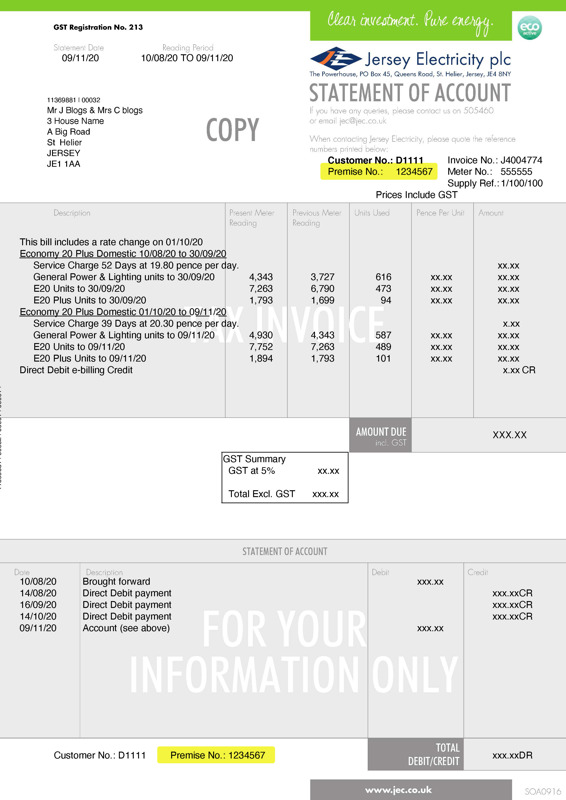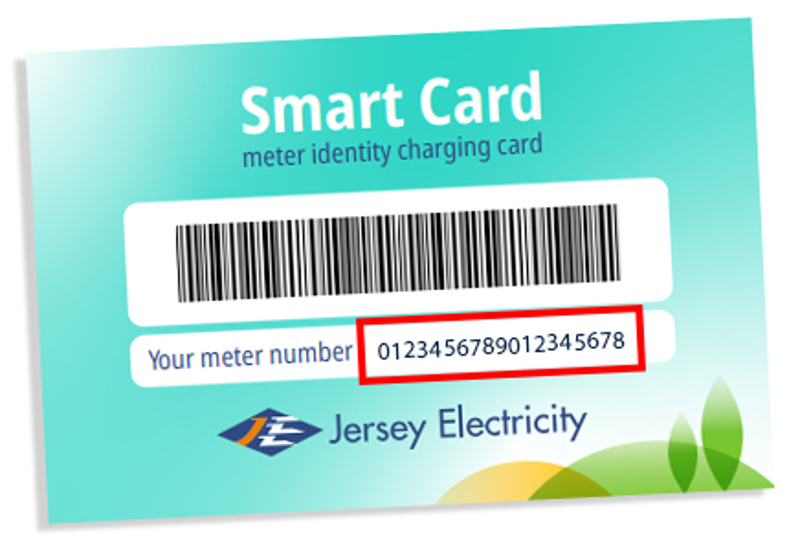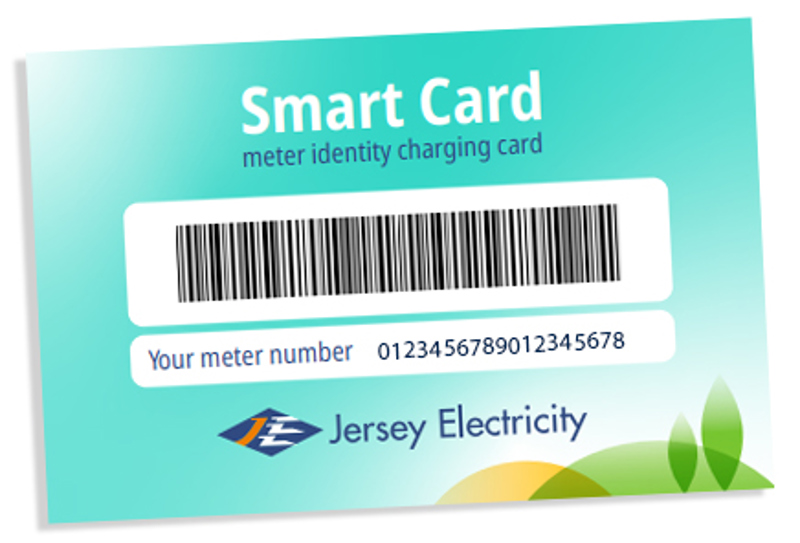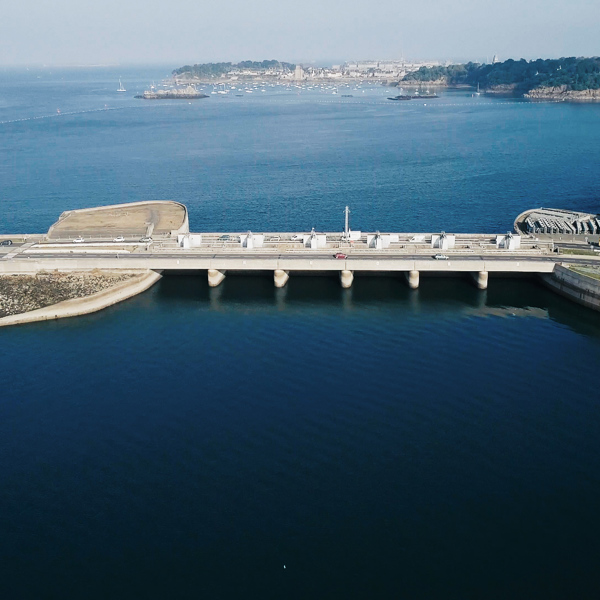
A third of electricity consumed in Jersey is already renewable
People often ask about tidal and wind power without realising that a third of the electricity we import is already renewable hydropower. That’s over 200 million units a year – enough to power 30,000 homes using an average 7,300 units. And it costs a lot less than we could produce tidal or wind power.
This renewable hydropower in generated at La Rance Tidal Barrage in nearby Brittany. We know this because it is certified by Guarantees of Origin that authenticate where the electricity comes from and it means our supplier EDF cannot sell that portion of electricity to anyone else.
We are bringing local renewables on to the grid with solar PV power. By February 2021, we were generating almost one million units a year of local solar power and this is increasing all the time.
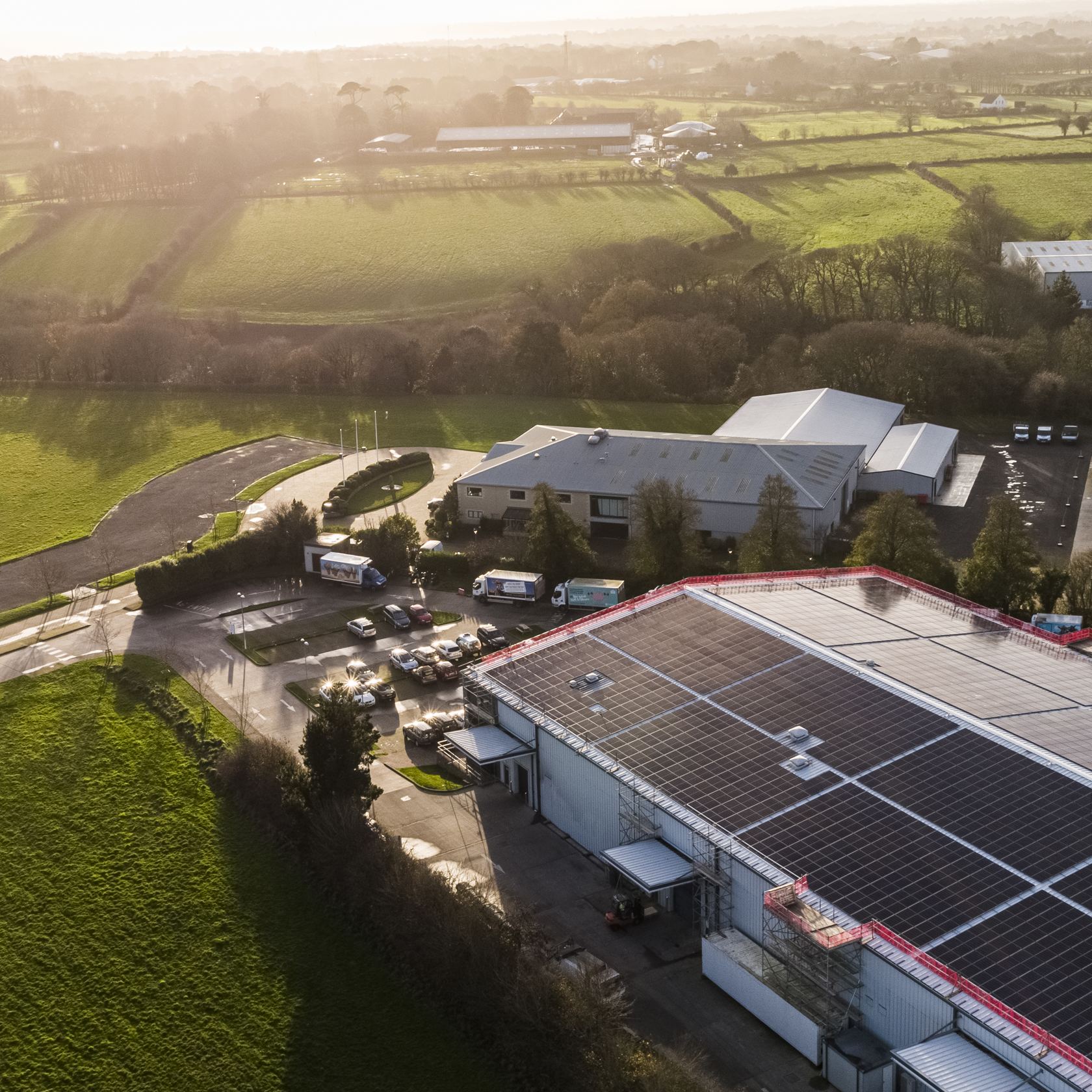
Our challenge with solar is to find ways of making energy cheaper than imported power and that is a key focus of our projects.
We have explored various tidal power technologies but at the moment the costs to build and maintain these installations ourselves would result in significant increases in electricity prices for our customers.
Offshore wind costs are coming down off the back of ever-improving technologies and we continue to monitor and analyse these closely. We feel tidal and wind will play a part in Jersey’s energy mix in the future but for now, we believe solar is the best local renewable option.
A million units of on-Island solar power a year and counting
We realise Islanders want more energy independence by generating local renewable power and we are committed to developing it.
For now, we believe solar PV is the most cost-effective option for Jersey (albeit still more expensive than imported renewables) and, in partnership with local businesses and farmers, we are bringing it on to the grid in increasing volumes.
By February 2021 we had installed four commercial-scale solar PV rooftop arrays, including the largest in the Channel Islands at Jersey Dairy. With a combined capacity to generate 989,000 kWhs (units) a year for at least 25 years, they can power around 135 Jersey homes a year – and we have many more installations in planning.

When combined with 5% from the Energy from Waste Plant and the fraction from on-Island generation during testing, our electricity was just 24g CO2e/kWh in 2019/20. That’s an amazing one-tenth of the emissions of the UK electricity supply at 233g CO2e/kWh*.
When compared with local LPG gas at 241g CO2e/kWh** and heating oil at 298g CO2e/kWh,** you can really see how much cleaner electricity is than fossil fuels. This has helped Jersey dramatically reduce its carbon emissions already.
*Department for Business, Energy and Industrial Strategy Greenhouse Gas Reporting – Conversion Factors 2020
**Building Bye-Laws (Jersey) Technical Guidance Document 11.1B 2016
Do you know how clean your electricity is?
And just what ‘clean energy’ means?
Well, it’s some of the cleanest in Europe. The amount of carbon dioxide emitted when energy is produced is measured by its carbon intensity or the ‘carbon dioxide equivalent per unit of energy’ - CO2e/kWh.
Around 95% of electricity consumed in Jersey is either imported renewable hydropower at just 6g CO2e/kWh or nuclear at 4g CO2e/kWh.
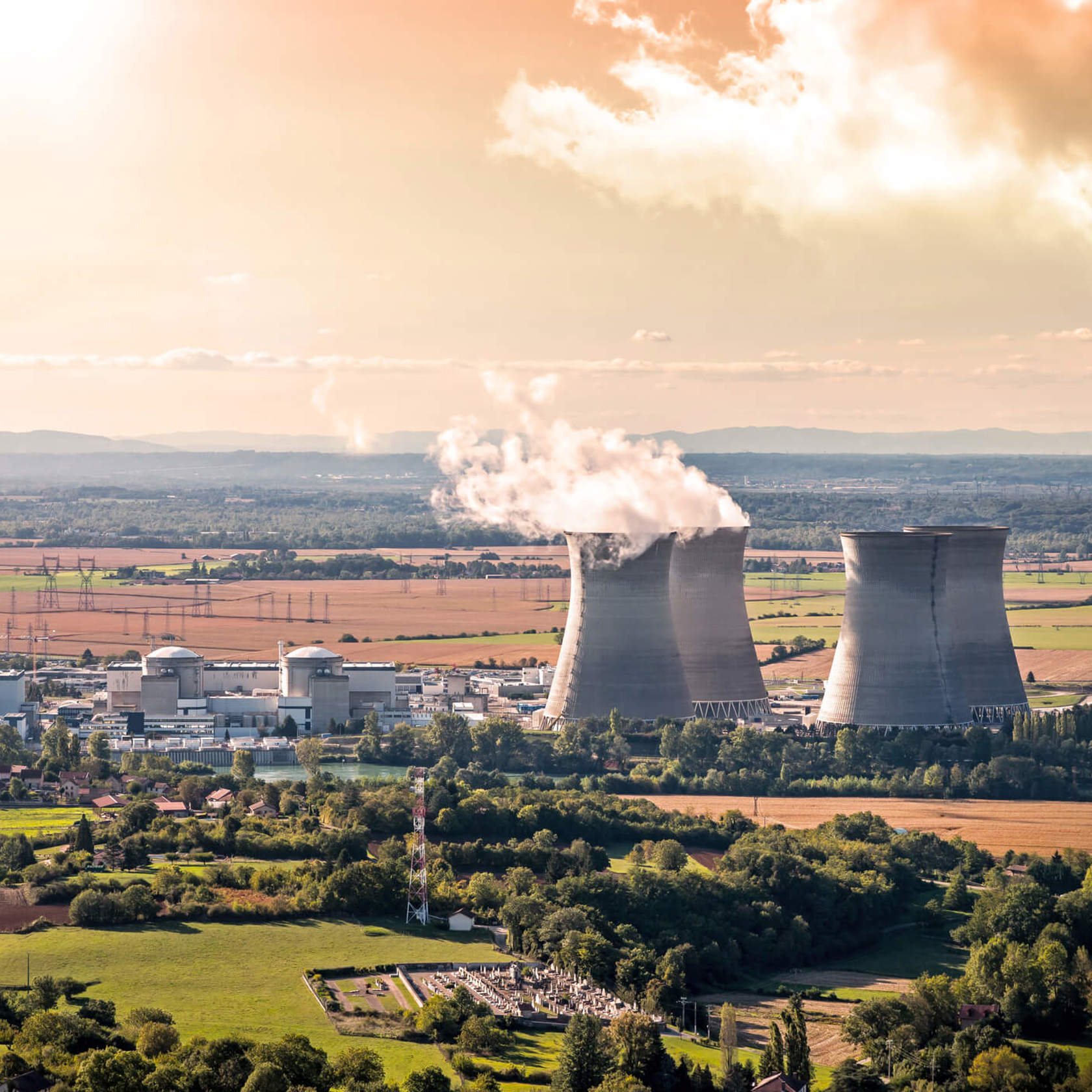
Since we installed the first cable linking Jersey to France in 1984, access to low carbon nuclear and hydropower has enabled Jersey to avoid emitting around 11 million tonnes of carbon dioxide, greatly helping the Island reduce overall emissions by a third since 1990.
We all want to see more renewable power but for now, we still need support from nuclear, the second biggest source of low carbon power in the world after hydro and a key enabler of a carbon neutral future for Jersey.
If you thought nuclear power was bad for the environment, think again
The world needs increasing amounts of low carbon energy to combat climate change and nuclear power is currently the backbone of clean energy systems in more than 30 countries. At just 4g CO2e/kWh, it emits less carbon than all other generating technologies except onshore wind when lifecycle emissions are taken into account according to the Intergovernmental Panel on Climate Change (IPCC). It even has a considerably lower carbon content than solar power.
Because it is clean and available at scale when people need it, nuclear power plays a critical year-round role in supporting intermittent renewables such as solar and wind by meeting demand when the sun doesn’t shine and the wind doesn’t blow. In fact, it can be the key to unlocking more renewables.
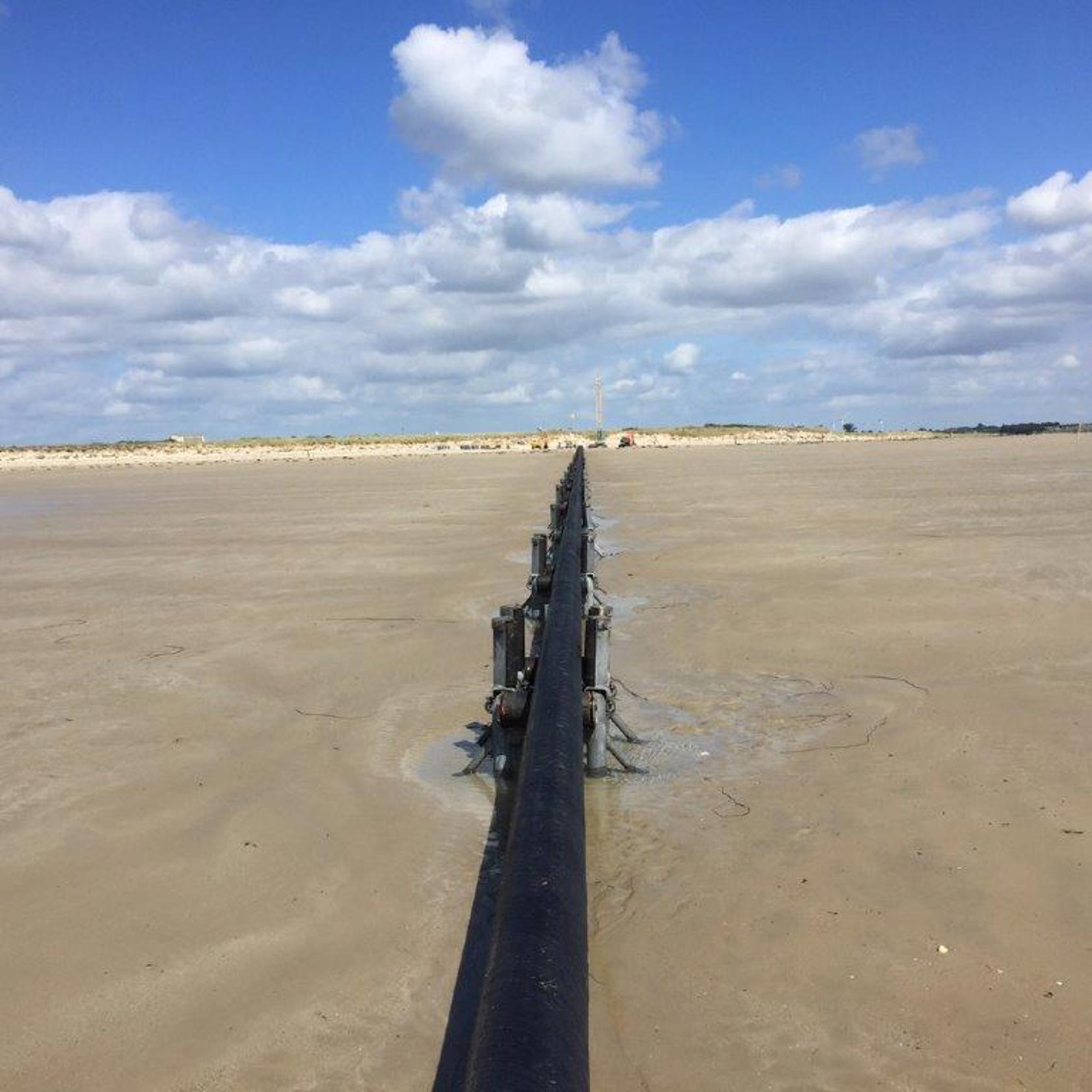
We have never experienced a deliberate interruption in electricity supplies from France and our contracts with our French partners are long-term to provide added security and stability.
We maintain on-Island generation and other contingency arrangements to help mitigate any risk of disruption to imports.
The development of more cost-effective, local renewables will also help further diversify our energy mix.
*Based on Customer Minutes Lost. Ofgem and JE Annual Report and Accounts
French power partnership means Jersey supply security now and into the future
The reliability of Jersey’s electricity supply has improved greatly since we began importing low carbon power from France 35 years ago.
Supply downtime has been consistently less than one tenth of that in the UK and has been for some years.*
We operate our three undersea supply cables (interconnectors) in such a configuration that if one were to develop a fault, the load would seamlessly switch to the others. We also have flexibility to operate our network in a way that can unlock more capacity if we need it to meet demand.
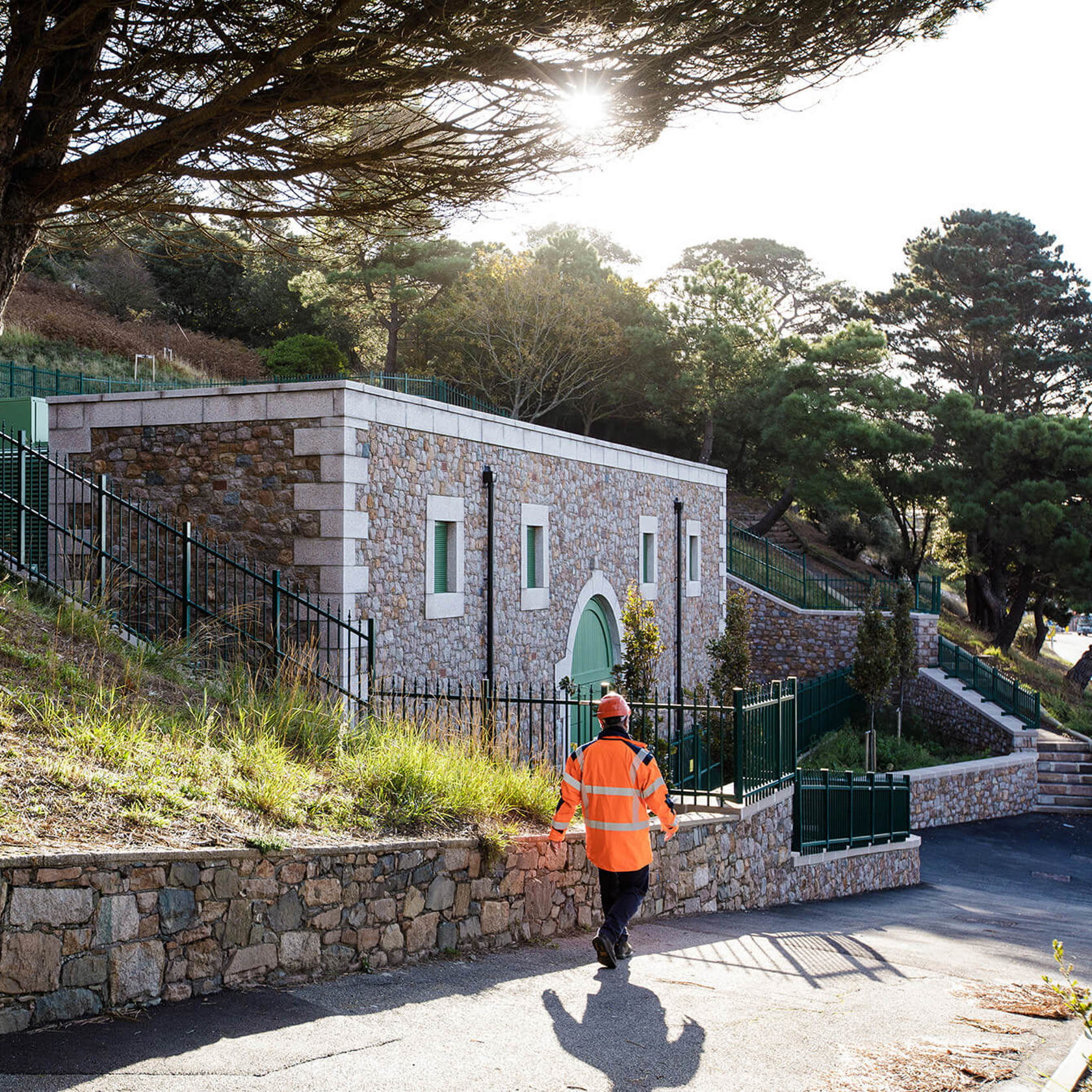
Crucially, we believe further grid investments can be made without significant electricity price increases. This is because the more additional units we distribute across the network, the more efficient it becomes to operate. These economies of scale help to keep prices low for customers and is already a key reason why power prices in Jersey are very competitive.
The grid is key to an integrated energy system and will greatly help the development of more local renewables that further diversify our energy supplies on the journey to carbon neutrality.
Jersey’s grid can help to deliver carbon neutrality without significant rises in electricity prices
There is no question that delivering a carbon neutral Jersey by 2030 is not without challenge. But we believe Jersey could achieve carbon neutrality faster and more cost-effectively than almost any other developed country.
We already have an efficient, low carbon energy system compatible with local renewables. The electricity grid is substantially future-proofed and we will continue to invest in the network as needed to meet demand, including the significant increase in demand that would result from displacing fossil fuels with low carbon electricity.
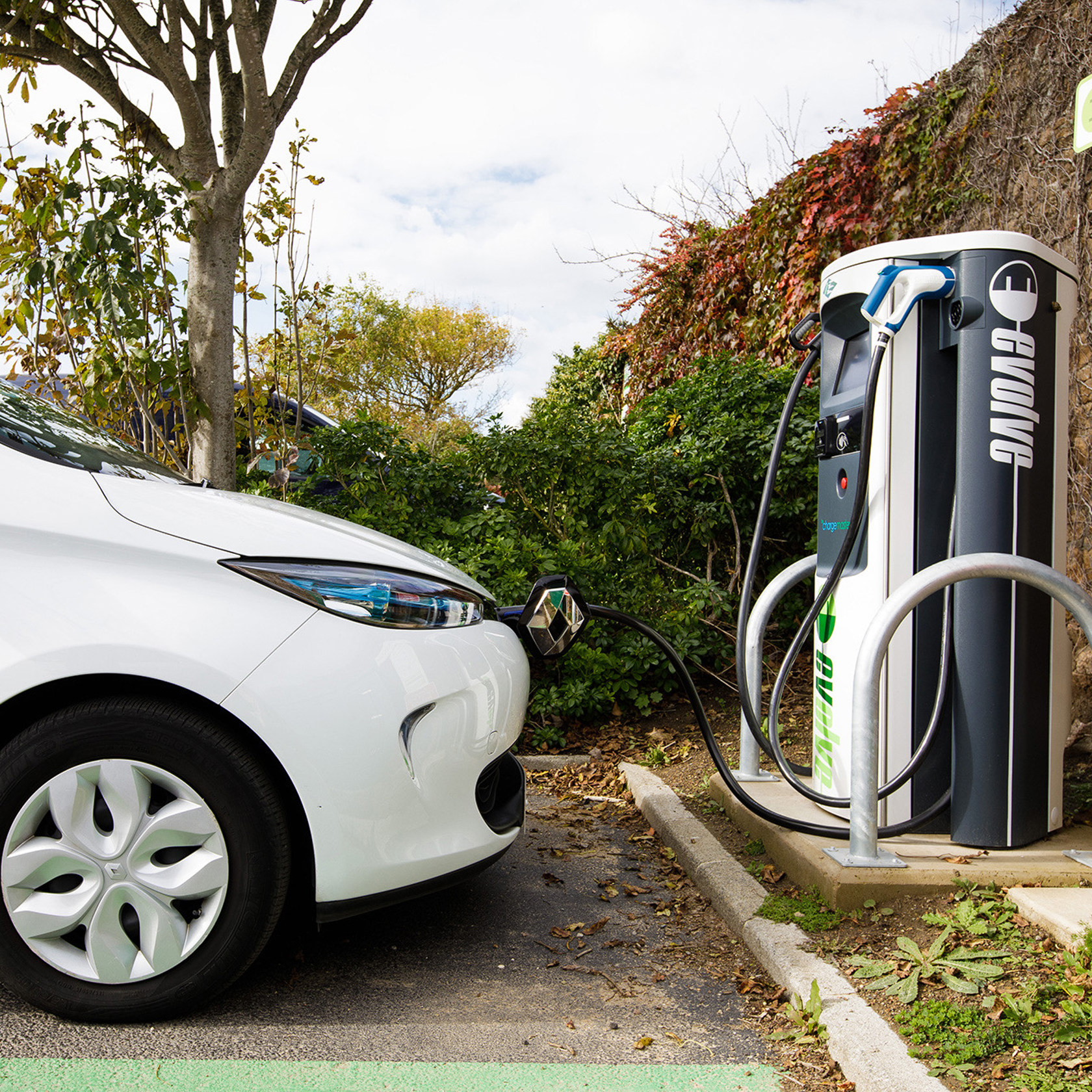
We’re investing around half a million pounds in EV charging infrastructure to demonstrate our support for the Government’s ambition to make Jersey carbon neutral by 2030. We already have an extensive public EV charging network with significant spare capacity in Jersey to support those who cannot charge at home.
We hope our investment helps EV owners who can’t charge at home to consider switching from internal combustion engines to electric and cut their emissions.
Electric transport a driving force in carbon reduction
Road transport accounts for more than a third of Jersey’s total carbon emissions. Electrification of transport is therefore a huge opportunity for carbon reduction in a jurisdiction like Jersey where the electricity supply is already almost completely decarbonised.
Battery technology and recycling are improving all the time and even today, when lifecycle emissions are considered, EVs have lower lifetime climate impact than internal combustion engines.*
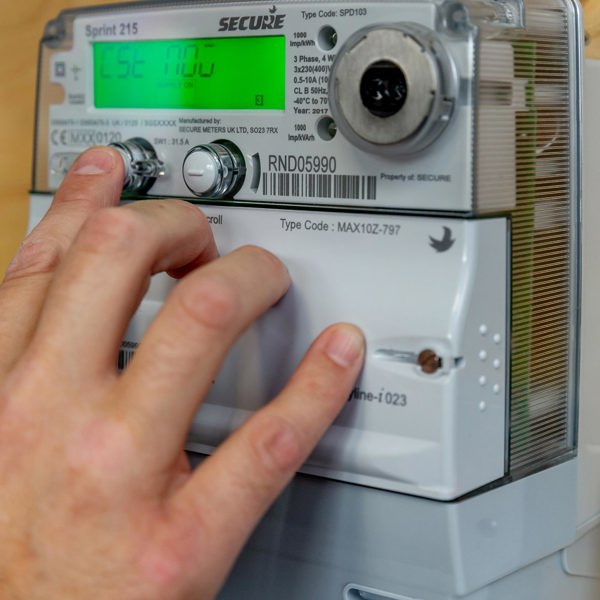
We distribute twice as much power per customer as UK electricity customers
Our low cost, off-peak heating tariffs and Jersey’s high price of gas mean electric heating is more popular in Jersey than in the UK. This helps to keep electricity prices low, because the more units we sell and distribute across the network, the more efficient we are.
We set tariffs to cover our costs, which include buying or generating electricity and fixed costs of operating and maintaining the network. The more volume we distribute across the network results in those fixed costs being spread across more units. Put simply, the more we sell the cheaper it is. This is one of the reasons why power in Jersey is very competitively priced relative to other islands.
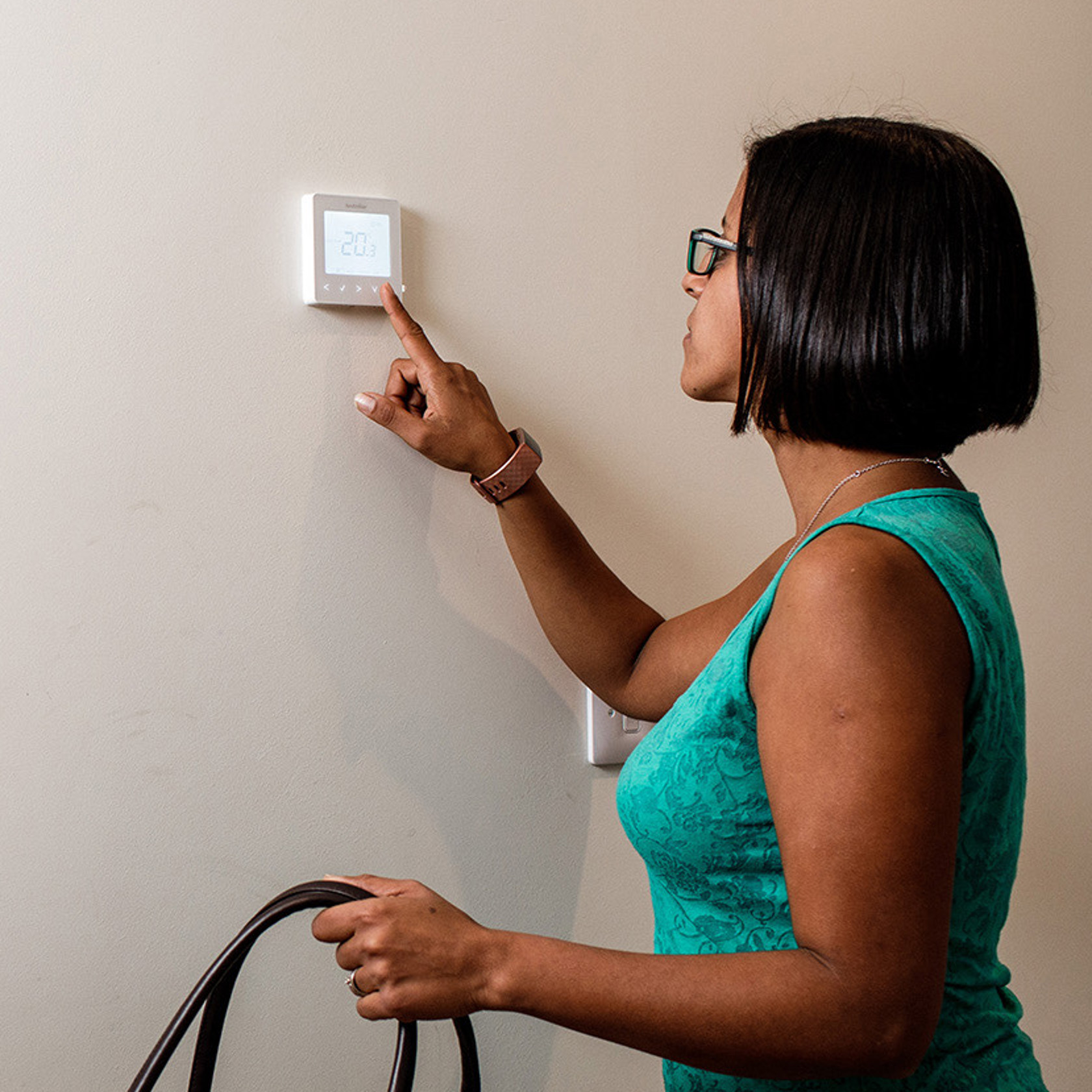
We also work hard to keep our prices more stable. Since 2014, the price of electricity in Jersey increased by 10% compared with inflation rises at 16%. UK electricity tariffs increased by 32% over the same period.
We set tariffs to cover our costs, which include buying or generating electricity and fixed costs of operating and maintaining the network. We also provide a fair return to shareholders who enable us to invest in big network projects such as our multi-million pound undersea supply cables.
*Domestic single-rate customer using 3,750 kWhs per annum including all taxes
Electricity prices are very competitive and we work hard to keep them stable
Electricity is one of the few things that for most customers is cheaper in Jersey than elsewhere.
Our tariffs are independently benchmarked against other jurisdictions and our standard domestic tariff* is consistently 10%-20% lower than Guernsey, Isle of Man and the European average, and around a third less than the UK price cap set by Energy Regulator Ofgem.
Keep track of what else we're doing
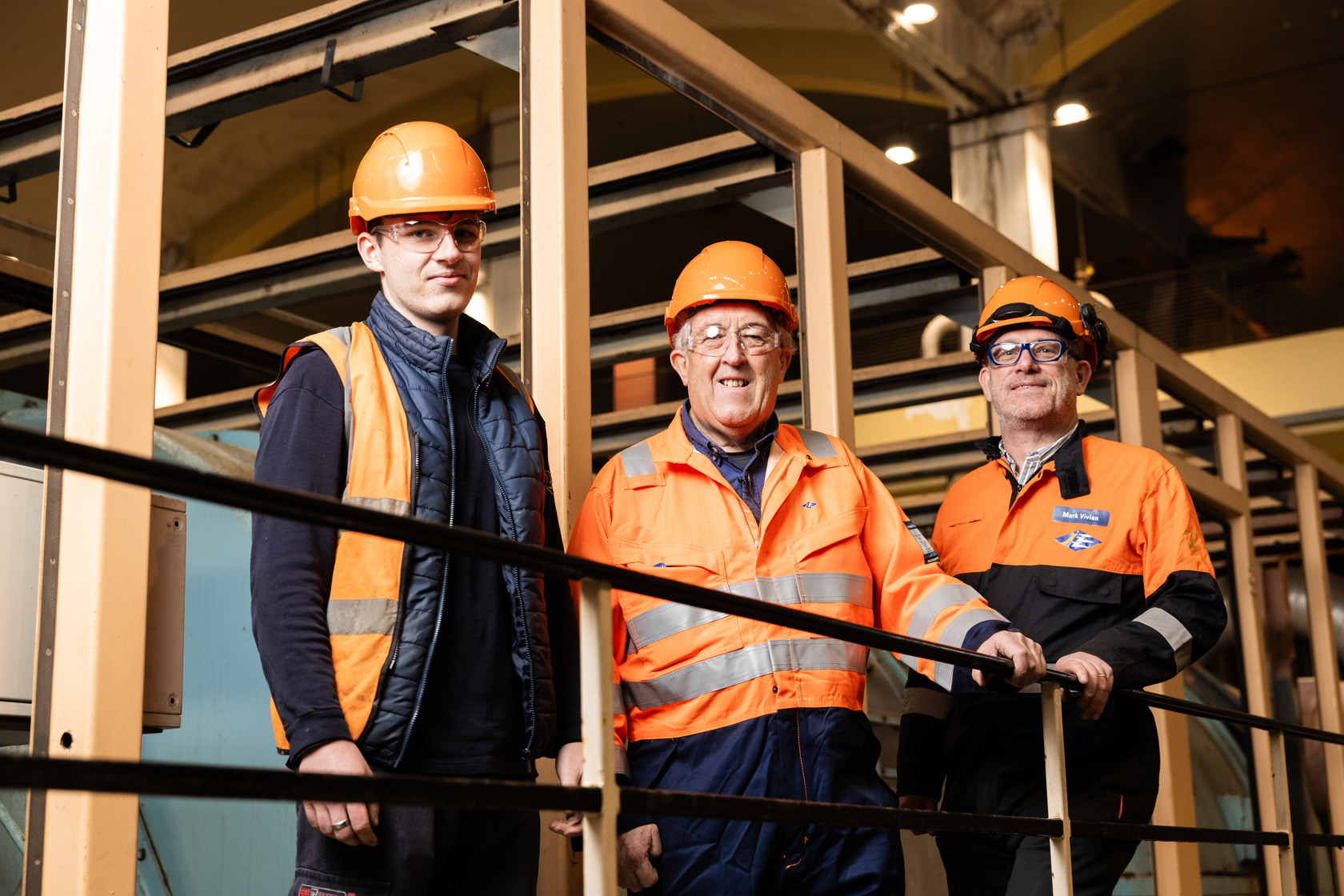
Three generations of JE engineers visit La Collette Generating Hall
Read Post